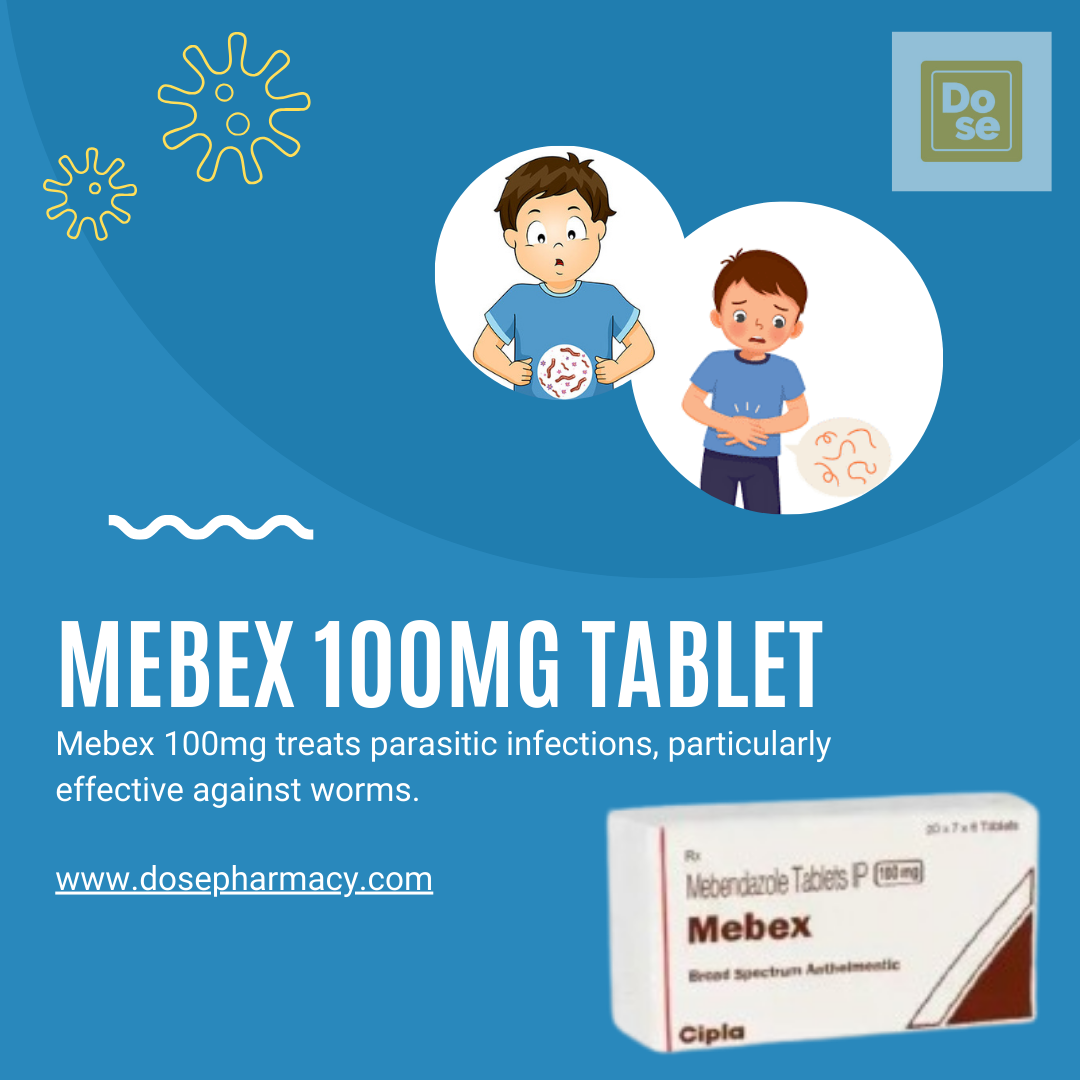How to Give Mebendazole to Children: Practical Tips for Success

Mebendazole over the counter is a commonly prescribed antiparasitic medication used to treat infections caused by intestinal worms such as pinworms, roundworms, whipworms, and hookworms. While it’s generally safe and effective for both adults and children, administering medicine to a child — especially one who’s fussy or fearful — can be a real challenge. Whether you’re a parent, guardian, or caregiver, knowing how to give Mebendazole to children properly ensures a smoother experience and better treatment results.
In this guide, we’ll walk through everything you need to know, including dosage, safety tips, administration methods, and how to prevent reinfection.
1. Understanding Mebendazole
Mebendazole works by preventing the worms from absorbing the glucose they need to survive. This starves them, eventually killing them and allowing the body to expel them through stool.
It’s available in:
- Chewable tablets
- Oral suspension (liquid)
Both forms are generally well-tolerated, and the medication is prescribed in single or short-course doses, depending on the type of infection.
2. Age Recommendations and Safety
Mebendazole is approved for use in children over 1 year old, though always follow your pediatrician’s specific advice. It’s important to never self-medicate children without medical supervision, especially if symptoms aren’t clearly related to a worm infection.
Do not give Mebendazole if your child:
- Is under 1 year of age
- Has a known allergy to the medication
- Has liver problems (consult your doctor first)
3. Dosage Guidelines for Children
Standard pediatric dosages vary depending on the type of infection:
| Worm Type | Typical Dosage |
| Pinworm | 100 mg once (repeat after 2 weeks if needed) |
| Roundworm, Whipworm, Hookworm | 100 mg twice daily for 3 days |
Always follow the doctor’s instructions or the dosage on the label.
4. Chewable Tablet vs. Liquid: Which to Choose?
Choosing the right form of Mebendazole can make all the difference for a child:
✅ Chewable Tablets
- Suitable for children who can chew or swallow tablets
- Can be crushed and mixed with food (applesauce or yogurt) if needed
✅ Liquid Suspension
- Easier for younger children
- Measure with a dosing syringe or spoon — not a household spoon
5. Practical Tips for Giving Mebendazole to Children
Here’s how to make the process smooth and stress-free:
✔️ Tip 1: Mix with Soft Food
Crush the chewable tablet (if needed) and mix it with a small spoonful of soft, cool food like:
- Applesauce
- Yogurt
- Mashed banana
Make sure your child eats the entire spoonful to get the full dose.
✔️ Tip 2: Use Positive Reinforcement
Offer a small reward or praise after taking the medication. A sticker, extra screen time, or a favorite activity can work wonders.
✔️ Tip 3: Explain in Simple Terms
Children may resist if they don’t understand why the medicine is necessary. Say something like,
“This medicine helps kick out the little bugs in your tummy so you can feel better.”
✔️ Tip 4: Use a Syringe for Liquids
If you’re using the oral suspension:
- Use the provided syringe or dosing cup
- Aim toward the inside of the cheek to avoid gagging
- Administer slowly to give the child time to swallow
✔️ Tip 5: Don’t Force It
If your child refuses, take a short break and try again calmly. Forcing medicine can cause anxiety or vomiting.
6. Preventing Reinfection
Mebendazole treats the infection, but re-infection is very common, especially with pinworms. Here’s how to break the cycle:
🧼 Hygiene Tips:
- Wash hands frequently with soap, especially before meals and after using the toilet
- Keep fingernails short and clean
- Discourage nail-biting or thumb-sucking
🛏️ Environmental Cleaning:
- Wash bedding, towels, and pajamas daily during treatment
- Clean and disinfect toilets and bathroom surfaces regularly
- Vacuum carpets and rugs (worm eggs can survive on surfaces)
👨👩👧 Treat the Whole Household:
For pinworms, everyone in the house may need treatment, even if they’re not showing symptoms. Check with your healthcare provider.
7. Dealing with Missed Doses
If a dose is missed and it’s still within a reasonable time, give it as soon as you remember. Do not double the dose. If it’s almost time for the next dose, skip the missed one.
For single-dose treatments (like for pinworms), you may just need to re-administer the full dose later, as advised by your doctor.
8. Side Effects in Children
Mebendazole is usually well-tolerated. However, be aware of mild and rare side effects:
🔹 Common (usually mild):
- Stomach pain or cramps
- Gas or bloating
- Diarrhea
🔹 Rare (seek medical help if observed):
- Rash, itching, or swelling
- Fever
- Unusual tiredness or yellowing of skin (signs of liver issues)
If side effects are severe or persistent, contact your healthcare provider immediately.
9. When to Seek Medical Advice
Call your pediatrician if:
- Symptoms persist after the full course
- Your child shows signs of reinfection
- There’s vomiting or severe diarrhea after taking the medicine
- You suspect an allergic reaction (rash, swelling, breathing difficulty)
10. Final Thoughts: Make It a Team Effort
Giving Mebendazole to children doesn’t have to be a stressful task. With the right approach — from choosing the correct form of the medication to using simple encouragement and hygiene habits — you can ensure your child gets the treatment they need with minimal fuss.
Remember, clear communication, patience, and a calm approach go a long way in making medication time feel like just another part of the daily routine.
If you’re ever unsure about dosage, timing, or follow-up, always consult your pediatrician or pharmacist. Your child’s health and comfort are the top priorities.



